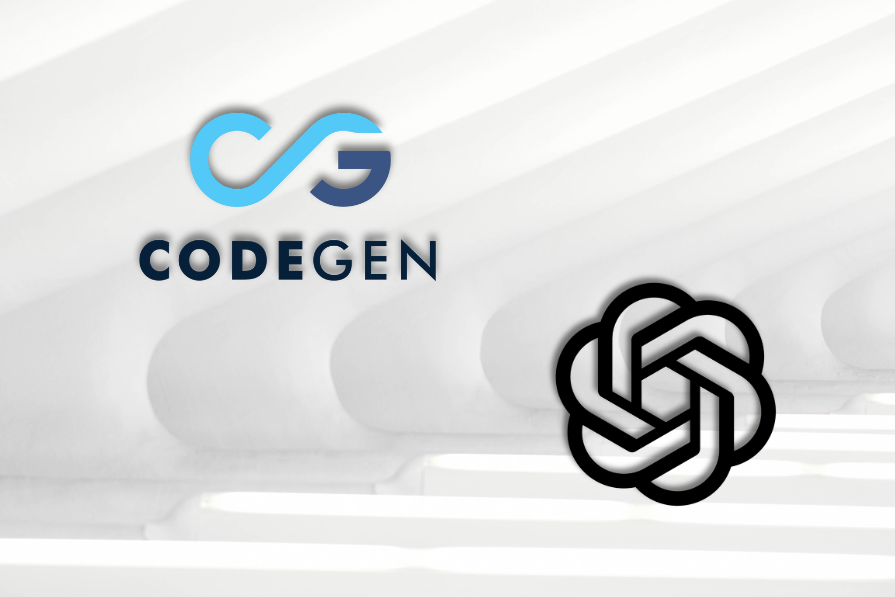Logrocket
1w
132

Image Credit: Logrocket
When to use OpenAI vs. open source LLMs in production
- Choosing between OpenAI and open source Language Model Models (LLMs) involves considering factors like performance, customization, and cost.
- OpenAI, with models like GPT-4 and GPT-3.5, offers state-of-the-art performance, while open source alternatives like Llama 3 and Mistral provide more control and customization options.
- Factors affecting the choice include setup time, integration complexity, latency, cost structure, customization, developer experience, data privacy, and offline capability.
- For frontend developers, OpenAI offers simplicity with API calls, quick prototyping, and predictable latency, whereas open source models require more infrastructure setup but allow for greater flexibility and customization.
- Performance and user experience, cost implications, and customization differ between OpenAI and open source LLMs, impacting how AI features are integrated into frontend applications.
- OpenAI is suitable for rapid prototyping and general-purpose AI features, while open source models excel in privacy-focused applications and specialized workflows.
- Security considerations vary, with OpenAI requiring proper token handling and API security, while self-hosted open source models offer better data control and compliance.
- Implementing LLM integration involves backend proxies for OpenAI and tools like Ollama for open source models, with libraries and frameworks simplifying integration complexities.
- The future of LLM integration includes hybrid approaches, improved tooling for open source deployment, and browser-based inference for lightweight models directly in browsers.
- The choice between OpenAI and open source LLMs depends on factors like cost, control, compliance, and specific project requirements, with potential for a hybrid approach based on evolving needs.
Read Full Article
7 Likes
For uninterrupted reading, download the app